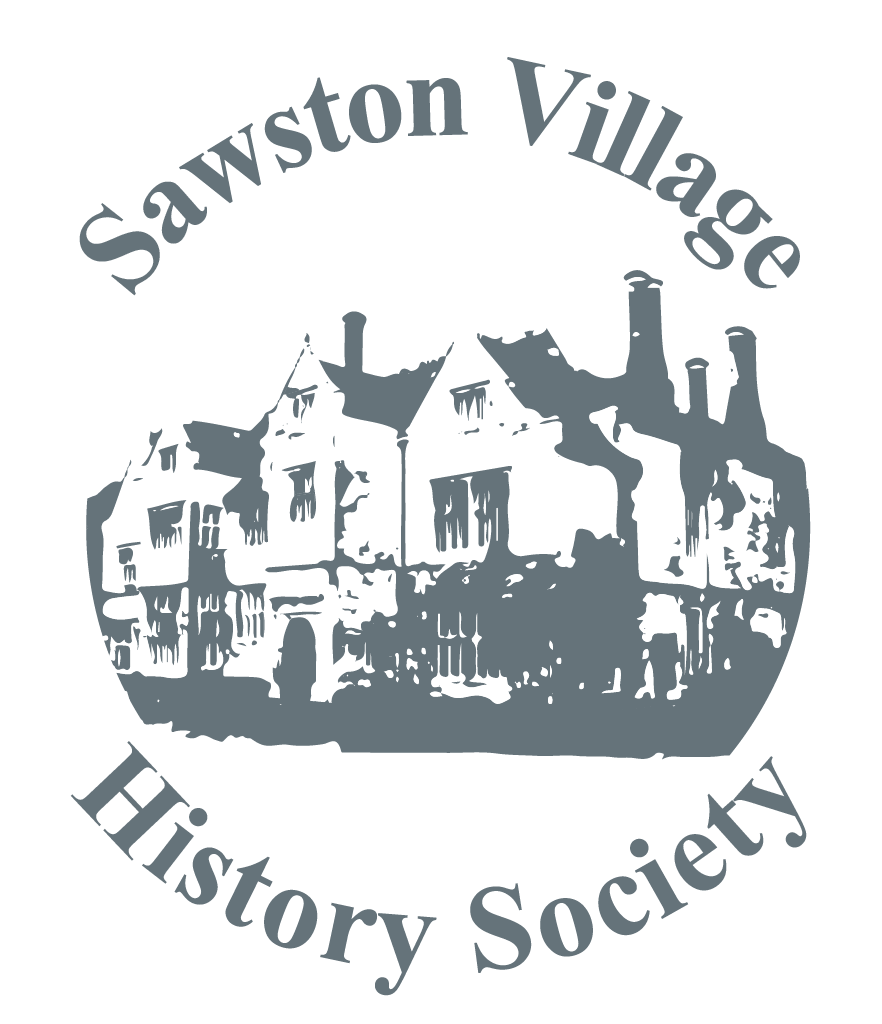
The speaker at the meeting was Jim Longstaff, a resident of Duxford since 1966. He was accompanied and assisted by Adrian Powter. Jim outlined the early history of Duxford.
It was a Saxon village and written records begin in 952 when the bishop of London, Theodred, died and left one of the Duxford manors to King Eadred. After the Conquest, William I gave some land in Duxford to his chaplain, Stigand, who is depicted on the Bayeux Tapestry and later was made bishop of Chichester. Stigand decided to build a church near his lands and this was dedicated to St Peter. Another local land owner also wanted to build a Church and this one was dedicated to St John. Both churches were built at about the same time and made from fieldstones, often collected by children, and flints with the corner stones specially ordered. By 1202 both churches had a priest and a house for him to live in.
A further church building in Duxford is the chapel built by the Templars around 1350 after they were given land in Duxford. They had 35 acres and a mill and kept chickens and pigs. After they were suppressed in 1308 the land was confiscated but was later handed to the Hospitallers, who maintained small plots of land for the use of drovers, who could pen their animals safely overnight while they slept in the guest house, on their way to market in London. Later St Peterís Church became dilapidated and sold its bells to pay for refurbishment and one was bought by St Johnís. Then St Johnís needed to make money and its bells went to St Peterís. At the Reformation both churches suffered the loss of artefacts and in the Civil War William Dowsing, who was the Commissioner for the destruction of monuments of idolatry and superstition, under the earl of Manchester, destroyed the crosses and the stained glass in his visitations in East Anglia, all of which he recorded in his diary.
St Johnís was declared redundant in 1874 and was used as a mortuary chapel and then nearly collapsed until it was rescued at the initiative of Ivor Bulmer-Thomas and came under the care of the Churches Conservation Trust. It is normally open every day and holds various community events. It is rich in graffiti and medieval wall paintings and boasts a staircase leading to the rood screen, although the screen is no longer there. The wooden ceiling of the chancel is a fine piece of craftsmanship, probably by a master carpenter from Clare College, who were the patrons of the living. St Peterís has a fine pink marble reredos from the 1930s and some impressive medieval carpentry which holds up the spire.
Adrian showed a series of slides of St Johnís Church with examples of events held there and to illustrate the architectural features.
Mary Dicken